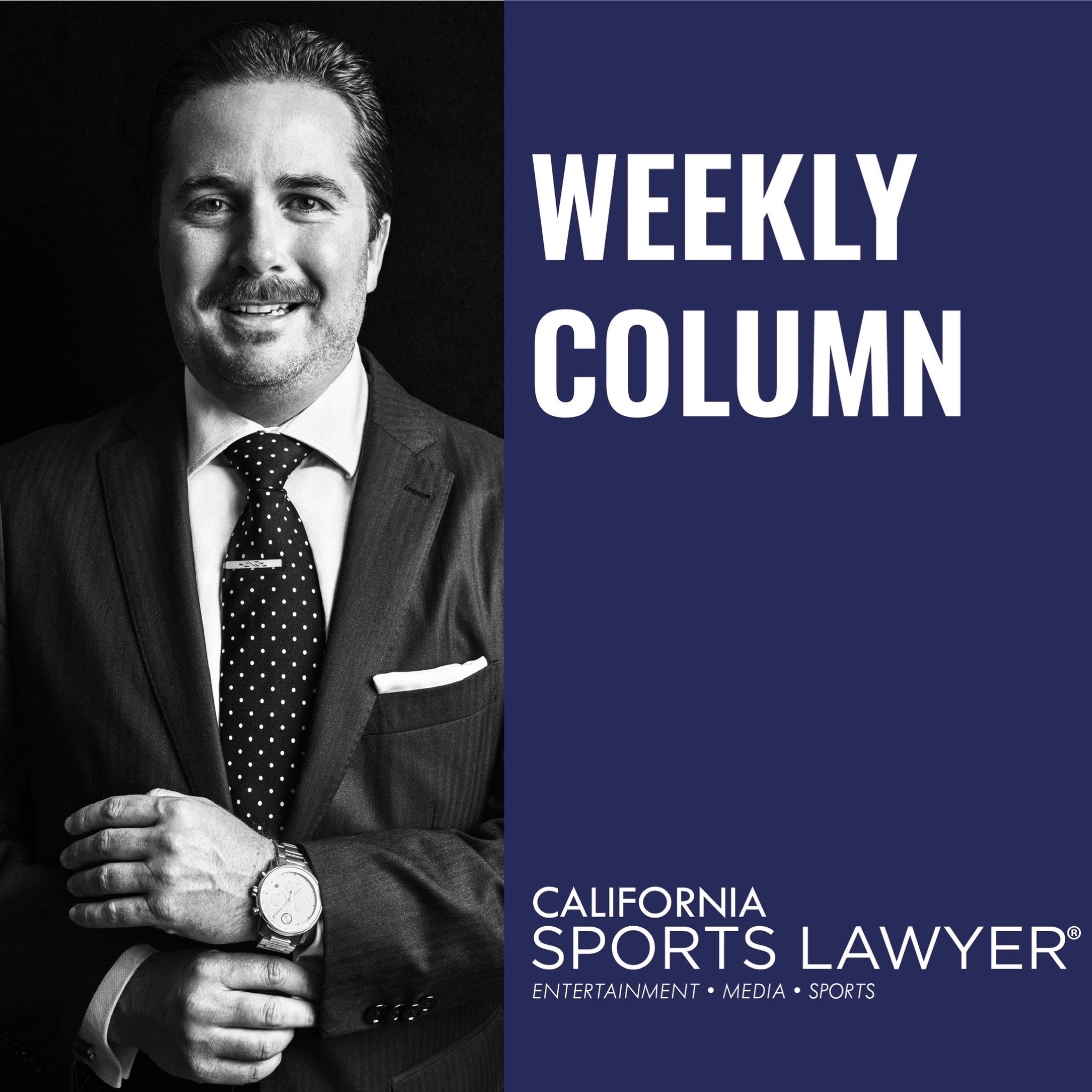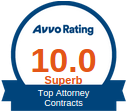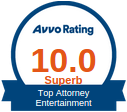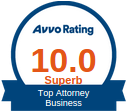In this week’s column, California Sports Lawyer® CEO, Founder, and Managing Attorney Jeremy M. Evans provides insight into how name, image, and likeness (NIL) contracts for NCAA athletes will be limited by contract law and dealmaking, FTC guidelines, and fair market value.
While the newly opened House floodgates have offered legality into paying college athletes, there remains contract law, contract provisions, truth in advertising, and fair market value tested by independent and disinterested parties to determine the best (and legal) dealmaking in college sports.
You can read the full column below. (Past columns can be found, here).
~
With the post-House settlement era nearing its launch on July 1, 2025, there are some issues that need addressing. We discussed many of those issues in a previous article. Narrowing in on one specific aspect of the business of college sports, namely the value of contracts for athletes in school, there are three ways to prevent another Wild West of College Athletics.
Name, image, and likeness (NIL) deals can be limited with protections and regulations through contract and Federal Trade Commission (FTC) provisions and laws. NIL can also be limited through fair market value.
For example, truth in advertising, regulated through the FTC and relative state agencies will limit what college athletes can say, where they say it, and how they say it. NIL deals may also be restricted by colleges in terms of forbidding the endorsement of certain products and services. In other words, a new opportunity to advertise does not mean there is free reign to do so—it must be done in the context of existing rules and regulations or those to be created.
Fair market value will also serve as a deterrent to bad dealmaking. Meaning, a brand or school will not pay a college athlete more than they believe will be returned on investment. Of course, scouting, recruiting, and coaching is not perfect and neither are the players—not every prospect is a hall of fame inductee. There will also be circumstances where an athletic department overpays for a college athlete to secure their services on the field and in the classroom in the name of competition. However, there will be more than one occasion where a fee paid to a college athlete will shock the sports industry for a time until the record is broken by the next record holder. The fees to college athletes will rival and exceed on several levels what the professionals receive. There will also be some surprise sports and athletes that get highlighted through NIL dealmaking. The College Sports Commission will have its hands full in determining what is fair market value. There is also potential for litigation surrounding fair market value decisions through arbitration and the courts.
Lastly, contract law and construction will limit how much is paid to college athletes. Contract provisions can also help determine whether there is fair market value present. Imagine for a moment, contract law limiting NIL deals by regulating the timing and conditions of payments. For example, as suggested by Front Office Sports, an athletic institution could negotiate for and secure a during season and post-season payment. Meaning if the athlete stay enrolled in the school and did not transfer a second payment would be paid. However, this money cannot be tied to performance incentives on-the-field by reason of sports betting restrictions and not triggering employment law.
Consideration in the contract must also be clear to prove fair market value. Meaning, the athlete must do something in return for the payment (e.g., posting on social media to promote the product or service). The athlete could also be paid for performance based on the success of the social media engagement, game attendance, and sales. Payments can also not be made just for enrolling in a school or be used as an inducement to enroll.
Minors signing contracts also presents issues (e.g., a high school football player getting paid by a college) even if fair market value because an adult is not signing. A college can also not be forced to play. Contract law also forbids unconscionability in terms (e.g., payment, length, etc.). NIL deals also must comply with existing intellectual property restrictions unless there is a license, including college trademarks.
Contract laws surrounding undue influence, illusory promises, restraints on trade (non-compete clauses), and specific performance are also limiting if not void as a matter of law in general in contract law. The spirit of the law is to benefit contracting parties to a deal. Terms cannot also be coercive or vague. Schools and athletes may also consider morals clauses that limit or end contracts. Lastly, a liquidated damages clause may be used to address early exits, but must be reasonable and not punitive.
While the newly opened House floodgates have offered legality into paying college athletes, there remains contract law, contract provisions, truth in advertising, and fair market value tested by independent and disinterested parties to determine the best (and legal) dealmaking in college sports.
~
About Jeremy M. Evans:
Jeremy M. Evans is the Chief Entrepreneur Officer, Founder & Managing Attorney at California Sports Lawyer®, representing entertainment, media, and sports clients in contractual, intellectual property, and dealmaking matters. Evans is an award-winning attorney and industry leader based in Los Angeles and Newport Beach, California. He can be reached at Jeremy@CSLlegal.com. www.CSLlegal.com.
Copyright © 2025. California Sports Lawyer®. All Rights Reserved.





